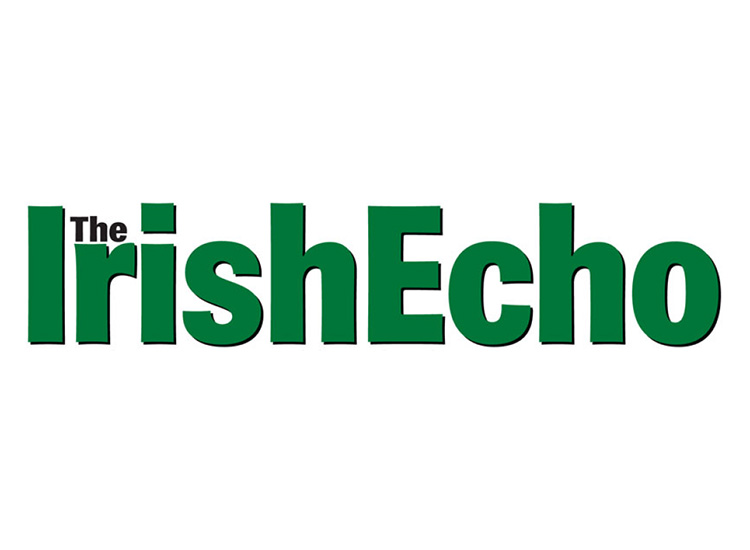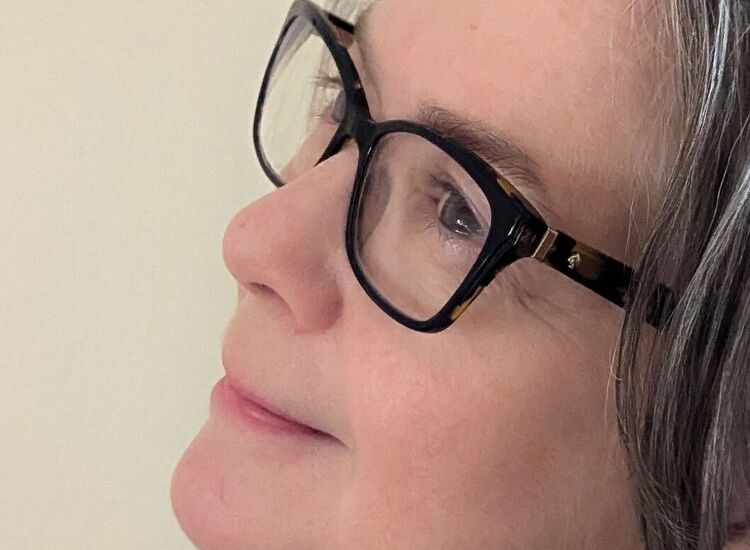Belfast Lord Mayor, Niall Ó Donnghaile, returned to his Gaeltacht Quarter roots last weekend to join Culture and Arts Minister Carál Ní Chuilín to cut the ribbon on the new public artwork, Aisling an Phobail.
Irish-American artist Brian O'Doherty joined the pair to cut the ribbon on the imposing stone labyrinth which is inspired by the St. Brigid's cross - Ireland's oldest peace symbol - and stands in a pocket park adorned with Belfast place names from Ráth Cúile (Rathchoole) to Bóthar Seoighe (Shaws Road).
Sporting a football jersey of Gaeltacht Quarter side An Cheathrú Ghaeltachta - who were fielding in Donegal at the time of the opening - Lord Mayor Ó Donnghaile described the new sculpture as "the most important piece of artwork in this city outside of a museum."
Speaking in Irish, he said: "Those who commissioned this work wanted to create a pocket park where visitors and locals alike could stop to rest, reflect and take in the magnificence of this artwork. I think they have succeeded in creating a work of art which lifts the heart and impresses with its beauty."
Culture, Arts and Leisure Minister Carál Ní Chuilín said Aisling an Phobail signaled a new era in Belfast. "Those who pass this artwork will see our belief in the power of art to talk to the future," she said.
"Teanga-Aisling an Phobail welcomes visitors to the Gaeltacht Quarter and celebrates the Irish language. It speaks of a resilient and compassionate community full of hope and optimism. A people as strong as the stone standing here but as soft also as the artist's hand."
She had special words of praise for Brian O'Doherty.
"Many years ago, Brian left Ireland on an American odyssey, becoming the New York Times arts critic, the pre-eminent Irish American artist of our time, and a formidable commentator on all matters relating to art and culture.
"Though he lived far from his native Roscommon, Ireland and the Irish remained in his heart. After Bloody Sunday, from New York, he raised the flag for decency, humanity and peace by changing his name to Patrick Ireland in protest at that awful day and he held onto that name until the peace had taken hold.
"In 1998, Brian laid Patrick Ireland to rest in the Museum of Modern Art marking an important milestone in our march to a better future for all our people. That journey to peace, of course, goes on and one of the highlights of their ownodyssey for Brian and his wife Barbara, who is with him today, has been the gracious reception they received in the heart of East Belfast from the Ullans Academy stalwarts - who join us for this unveiling."
High Sheriff of Belfast, Ian Adamson, addressed the unveiling on behalf of the Ullans (language of Lowland Scots) Academy which had supported the creation of the artwork while DUP MLA for East Belfast, and veteran community champion, Sammy Douglas, presented Barbara Novak with a bouquet of flowers at the close of the event.
Arts Council CEO, Roisín McDonough, paid tribute to artist Robert Ballagh and architect Ciarán Mackel who had collaborated with Brian O'Doherty in the creation of the work.
"In local terms, this is an artistic dream team," she said.
Addressing the unveiling first in Irish ("I had to return to the classroom I left 70 years ago," he said) and then in English, Brian O'Doherty said the children of Belfast would give their own verdict on Aisling an Phobail by playing on it.
"It's the children that will bring the great ship of Belfast to a safe harbor, a harbor of peace and respect," he said.









